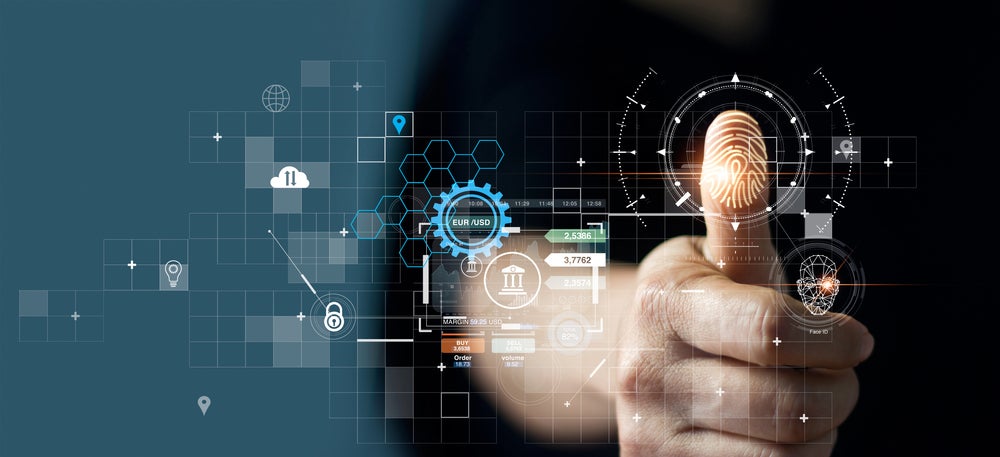
When they first began to be implemented, some biometrics could be compared to science fiction. Now facial recognition is something that is to be expected with each new major phone. Mercedes has even moved into the biometrics game by implementing payment via a fingerprint scan. Biometrics is now a key part of the banking industry and only looks to grow in importance.
iProov is a big player in the biometrics game, providing services to the government and banking services. Joe Palmer, Chief Product and Innovation Officer discusses with RBI how biometrics are impacting the banking industry.
RBI: What type of biometrics are seeing the biggest rise in implementation recently?
Joe Palmer: “Remote cloud-based biometrics are the most rapidly being implemented at the moment. Face ID has been growing in usage. But they don’t actually verify your identity. They verify that you are the same face as you were when you took the photo and that you know the pin. If you know the pin, you can reset your face ID and or enroll another face. Whilst they are using biometrics, they are not an AI, they do not identify you as an individual. With the rise of remote account creation, within financial services, governments and large enterprises, the need to link the physical human to the government-issued identity is becoming more and more important. Therefore the only way it’s possible to do that is with cloud biometrics, where you can match the image, you can match the person who supplies their biological data with an image from a government-issued document.”
RBI: What is iProov doing specifically in the banking industry right now?
Palmer: “Banking is our second biggest sector, behind government. We have a range of banks across Europe, Southern Asia and the US as well. They typically use us for onboarding. So combined with document capture, whether that’s taking a picture of your driver’s license, ID card or passport, like at an E-gate, you put your passport in your gate and read the data off from your passport. You can do that with your phone using the NFC chip. The identity information is cryptographically verifiable. It’s a legitimate identity. The image from your passport, you get the original digital version of that. We are combined typically with a document, like a passport or a driver’s license.
“We’re matched against the image extracted from that document. There may be some credit checks or AML-type checks that other partners of ours perform or the bank may orchestrate themselves. Then that creates an account within the banking system. Some of our banks then go on to continue to use iProov for ongoing authentication. Whether that’s just for any time you want to interact with the bank, set up a new payee, send a large amount of money, recover your account, or move your banking app to another phone. These are all points of attack for fraudsters. So we are used in Step Up authentication in these.”
RBI: Is AI-related fraud a concern?
Palmer: “It’s a big challenge. It’s something that we’ve been predicting for years, we’ve been talking about the threat of deep fakes for about five years now. I think the market has suddenly realised now we have the generative AI and you see people doing things they’ve never done. It’s indistinguishable from the human eye. That is a whole new category of attack.
“The methods for detecting liveness require the user to react to a challenge. They can be: moving your head, looking forward, speaking some numbers or letters, raising your eyebrows etc. These are all methods active methods of liveness detection. But the generative AI is so good now that a normal person can’t tell the difference when a victim’s face is swapped onto an attacker’s face. But our systems can. We illuminate the face with the screen so we can see how the skin reflects light. That allows us to detect when these kinds of attacks are being formed. This allows us to continually improve our system and detect these attacks as they evolve. We have a whole system for looking at the types of threats and monitoring for attacks and making sure that we always stay ahead of the attackers with these innovative new techniques.”
RBI: What will be the big developments in biometrics in the next 12 months?
Palmer: “There is an emerging trend of technologies that I believe are going to start to take hold. At the moment, many banks now offer remote digital onboarding. You can download an app, you can go through a process, you’re scanning a document, scan your face, enter your details, you have to scan a letter to prove your address, etc. An account opens instantly, or it’s reviewed and opened in 24 hours. But the next time you go and do this, you have to do the whole process again.
“There are new technologies with verifiable credentials. For example, they allow users to go through a process of creating a decentralised digital identity. This is where you verify yourself with your biometrics and your documents. Then when a bank wants to verify you are who you claim to be, you can share this digital identity without having to go through the whole identity verification process again.
“A user can start taking control of their identity. They can use it more frequently. I think we’ll start to see the adoption of this in the next 12 months, probably two or three years before it becomes mainstream. But I think you’ll start to see the emergence of apps that can well the acceptance of these sorts of apps across financial institutions and other organisations.”







